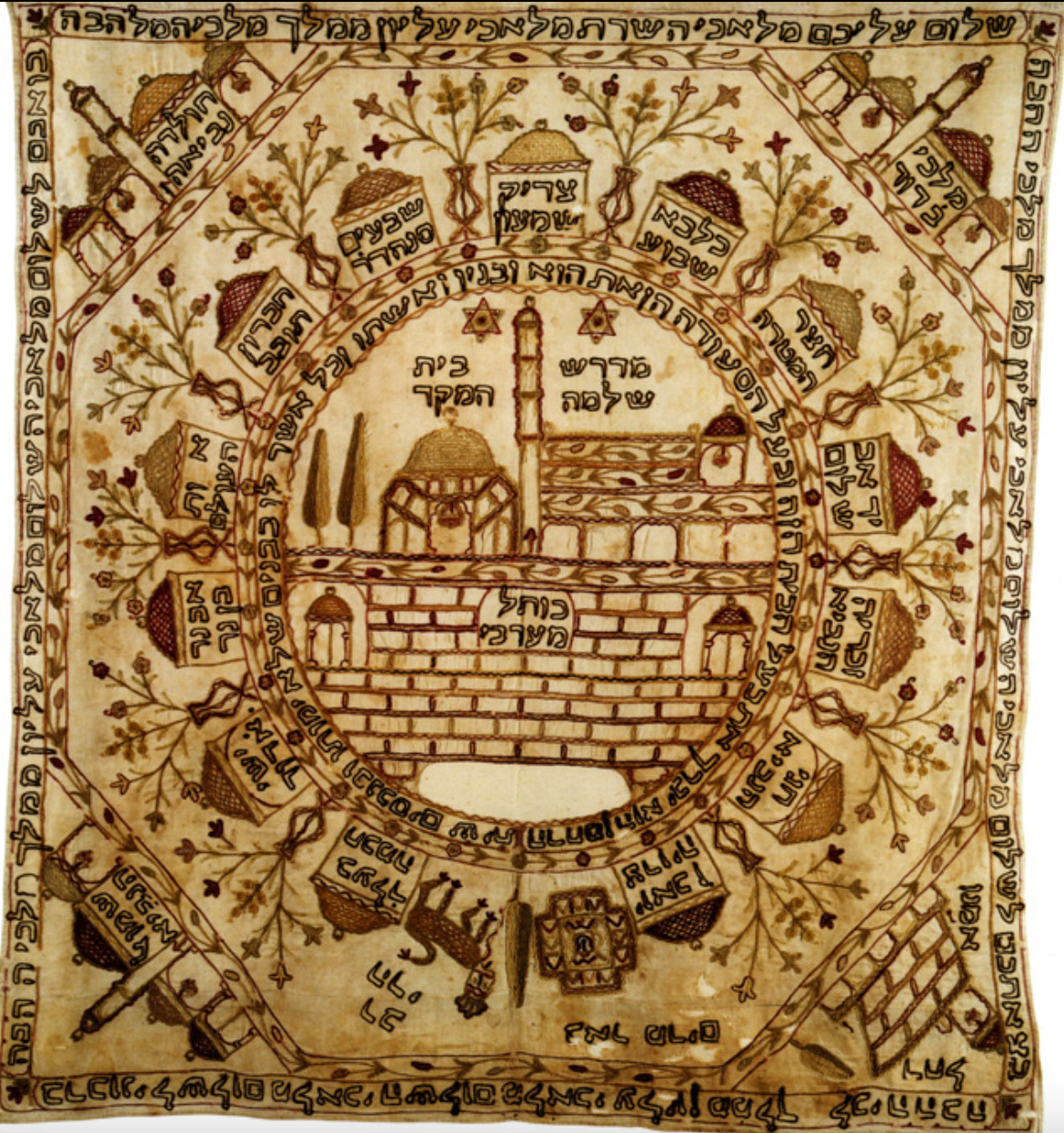Welcome to our November newsletter, dear readers.
• We start our monthly selection with an important article, “One God, Many Names”, on the translation of the Name Allah and on traditional Divine Names in English and other languages.
God and his names are part of a universal human legacy. They are hardly unique to anyone, nor are the Abrahamic religions the sole residuaries of divine names expressing the Creator’s perfection and glory.
• Next, we have the introduction to the book Sonic Liturgy by Guy L. Beck, explaining how sound and music provide the necessary bond between myth (words) and ritual (action) in religion, and how theory is not enough to understand fully the role of music or sound in religion, which requires the study of its practical application in ritual and liturgy. Beck focuses mostly on the Hindu tradition, but he also gives precious elements for a comparative study of this subject.
Since music and chant are located at the core of religious life for most cultures, including ritual and liturgical action, it is just as improbable to understand a religious liturgy without the oral dimension as it is to penetrate a religious tradition without examining its musical dimension.
• Finally, in an article rich with images and historical examples, Pamela Berger shows how for at least a thousand years Christians, Jews and eventually Muslims recognized the importance of the same holy places in the Holy Land, honouring them, and even having similar traditions about the kind of veneration due to each figure.
Symbolic representation of Jerusalem and its holy places on a Sabbath embroidered tablecloth, nineteenth century. To the right stands the School of Solomon (Midrash Shlomo).




